Coloring without Rules
I recently gave a talk to some Chinese teachers about IB and AP Chinese programs in the US. In my research for the talk, I did quite a bit of reminiscing about my own 4 years in the Hillsborough High School IB Program. I had all but forgotten about “CAS hours,” and I seriously can’t remember at all what my “Extended Essay” was on. But one thing I totally haven’t forgotten about was “Theory of Knowledge.” That class was seriously cool!
It’s also a nice talking point for Chinese teachers, who are always eager to hear about how western schools systems foster creativity and independent, critical thinking. Theory of Knowledge fits in nicely there.
But the truth is that Theory of Knowledge would be far too little, too late if that’s all our school systems did to try to encourage independent, critical thinking. And it’s not exactly “creative” either. Those aspects of our western educations begin far earlier, even before we start school.
I was reminded of this the other day when I tried to buy a coloring book for my daughter. I had only two criteria: (1) it had to have lots of nice pictures to color (no text), and (2) it had to be cheap. Criterion #2 was the easy one. I had no idea I was apparently asking for way too much with #1. Take a look at what I found in the book store I went to:
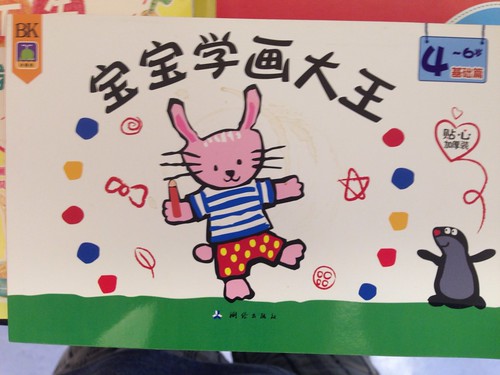
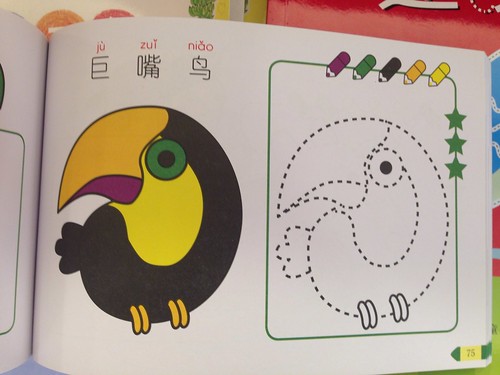
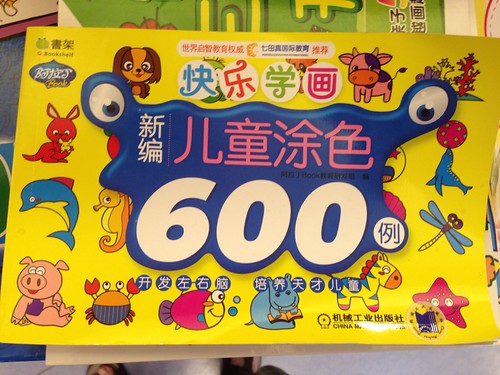
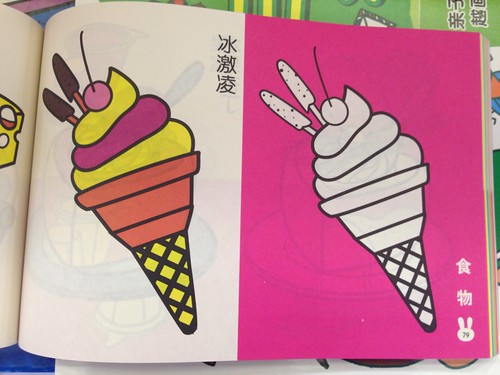
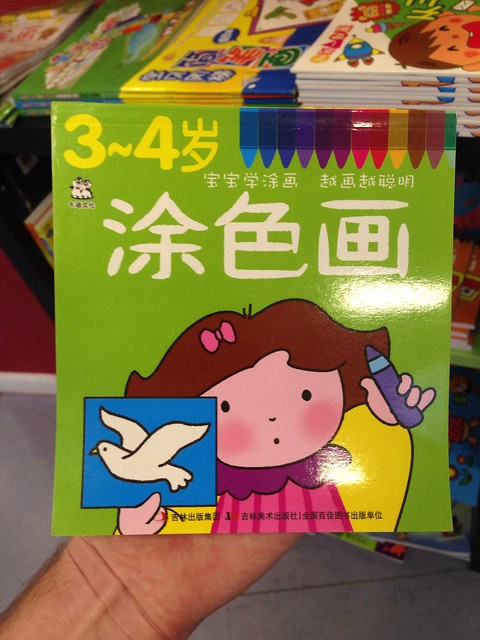
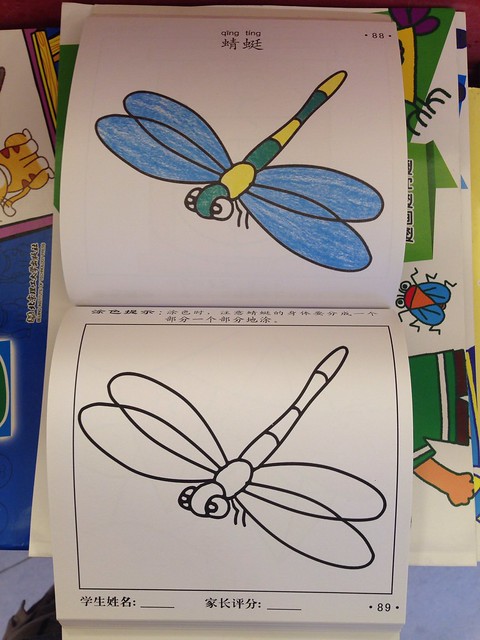
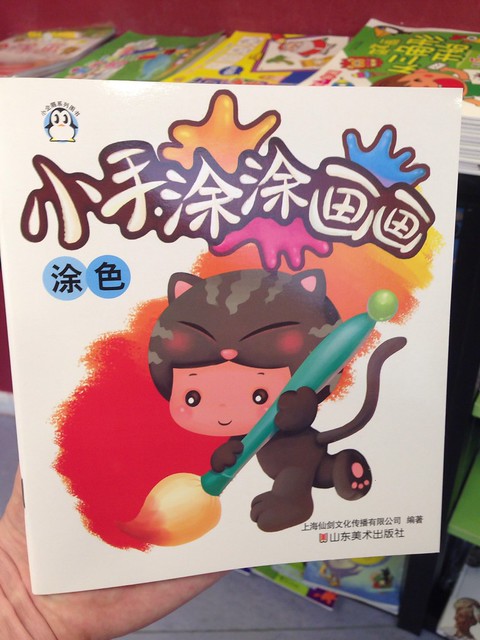
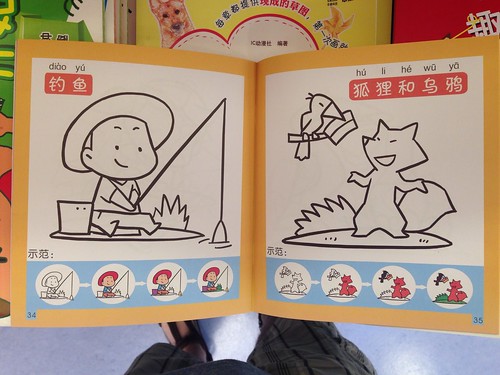
Do you see a trend? In each book, the child is shown exactly how to color the picture. There’s a right way and a wrong way. (Oh, and also, you generally can’t just color without having new vocabulary forced on you.) I checked every single coloring book candidate in the children’s book section, and they were all like this. Not a single one just had blank pictures without “models” to follow. (Those models, by the way, waste a lot of space and paper, which could be more pictures to color.)
As if that weren’t enough, take a closer look at this picture:
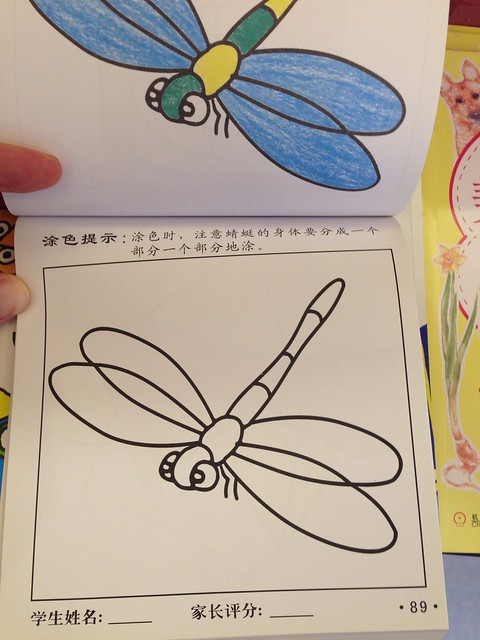
At the top, that reads:
涂色提示:涂色时,注意蜻蜓的身体要分成一个部分一个部分地涂。
Translation:
Coloring reminder: When coloring, be sure to use different colors for the different parts of the dragonfly’s body.
Why can’t a 3-to-4-year-old just color the dragonfly all one color? Well, because dragonflies are never a solid color in nature, of course!
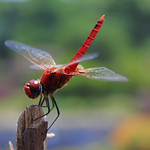

Oh, wait.
What’s even more heartbreaking is what’s at the bottom of that same page:
学生姓名:__________ 家长评分:___________
Translation:
Student’s Name:__________ Parent’s Score:___________
That’s right. If you’re going to color a dragonfly, you have to put your name on it and claim responsibility for your crayon crimes, and then stand judgment for the objectively right or wrong colors you have committed to that paper.
I can imagine the harsh frowny faces the publishers would give a child that artistically attacked one of their pictures, American-style, and ended up with something like this:
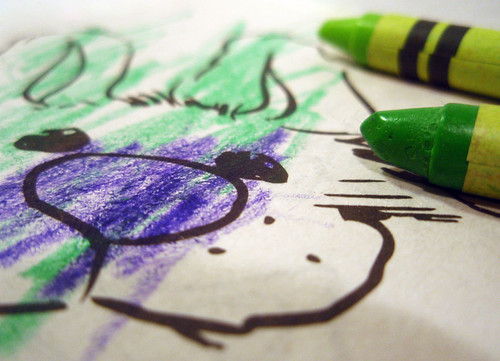
To be fair, the kind of coloring book I was looking for does exist in China. In fact, I’ve bought one before at our local Carrefour supermarket. I was expecting higher quality and more variety at an actual book store, but instead, all I could find was this prescriptivist nonsense.
This is only a post about coloring books. I really wish this were the biggest problem with the Chinese educational system.

I suspect a coloring catastrophe of this magnitude could get you permanently banned from Chinese kindergartens.

You can always fall back on the good old blank sheet of paper and crayons.
My daughter is not yet 3, so she doesn’t have the fine motor skills for drawing, but scribbling colors onto existing drawings is right up her alley…
Did you have Mrs. Bittman as a teacher at HHS?
I did! For AP European history. She was good.
Cool. I had her a few years earlier at Chamberlain.
At least she sticks to the paper. My 2 1/2 year old is more fond of table-tops. Needless to say, we’ve hidden all the markers.
I actually had some excellent coloring books when I was a kid twenty years ago in China. They met every single criterion you have: not expensive, having lots of nice pictures, and not having any colored “models” at all. Maybe it was just too expensive to have color-printed “models” at that time.
One moment I remember very clearly from my one-year stint at a Chinese kindergarten was the day I gave the students a picture of a tiger for them to color. One of the students decided to color his blue, and the 20-something year old Chinese teacher came over and laid into him pretty hard for coloring it incorrectly. I think it’s a safe bet that a blue tiger is the kind of thing most American kindergarten teachers would happily encourage and praise for being outside of the box, but IDK.
Why not just buy the coloring book and tell the kid to ignore the rules? That simple piece of advice would be truly educational.
I’d rather pay for more pictures that can be colored. The “model” is a waste of space and paper.
tbh i think the mind of a 2 years old is not sophiscated enough to transform a real world dragonfly he saw once or twice sometime ago into the 2D simple lines infront of him, when he draw a tiger blue, it’s not that he’s being creative but actually doing whatever he wants, and i dont see how that’s helping a child developing.
in fact i heavily doubt the 2 years old child would actually even have an idea of whats that thing infront of him,,,
and having a already drawn pic beside the 2D lines would help the ability to learn and mimic, a very important and must part towards any form of learning that he must learn to do and do better in the rest of his life.
when we blindly go all the “omg so creative, thinking out of the box, a BLUE tiger!”(how is the child being creative of a blue tige when he doesnt even know what the color it should be in the first place??), its us dumbly overthinking and spoiling the child rather than helping him.